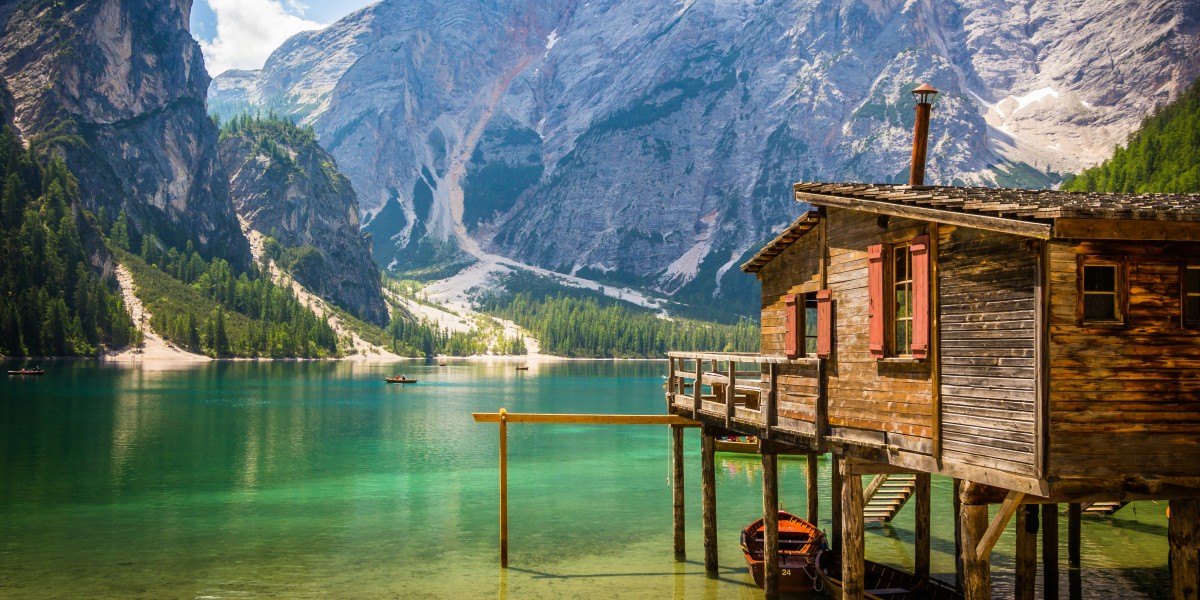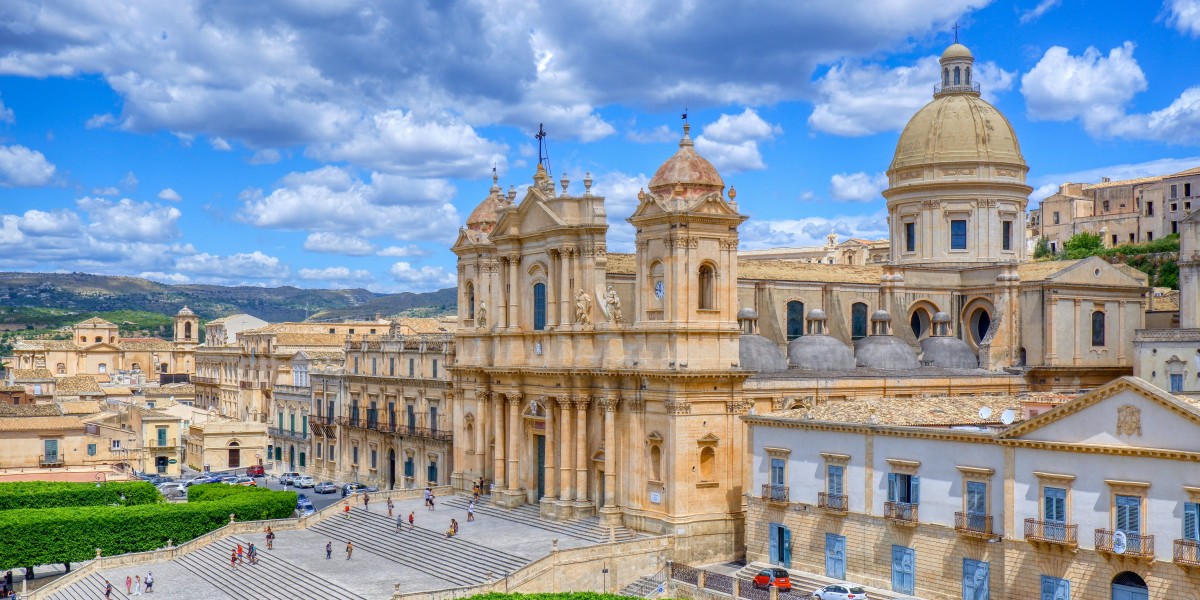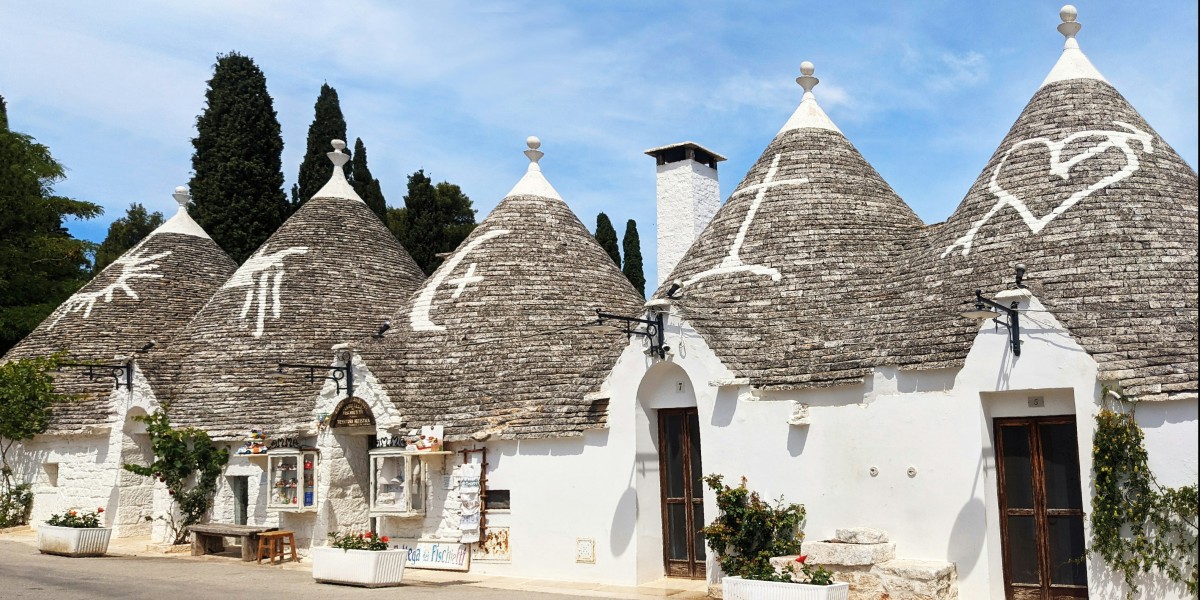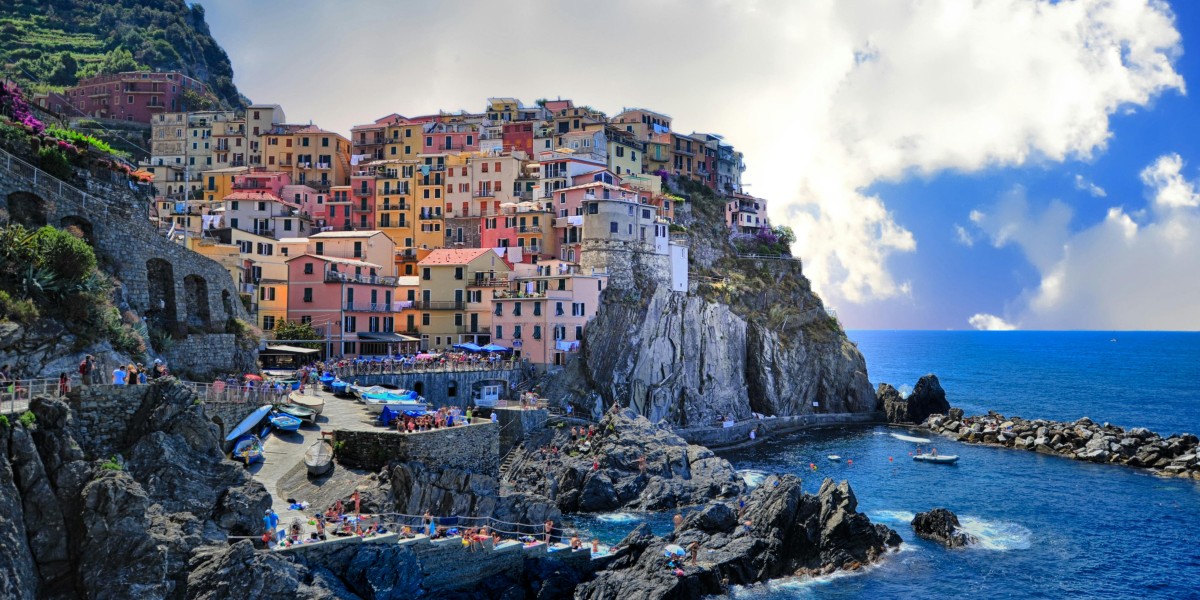
Italy’s not exactly shy when it comes to UNESCO World Heritage sites – there are 60 of them dotted from top to toe. With so many, it’s no wonder some absolute gems get overshadowed by the big hitters like Rome’s Colosseum or Pisa’s leaning tower.
- Why explore Italy’s lesser-known UNESCO World Heritage sites?
- UNESCO World Heritage sites you haven't visited yet
- The Dolomites – Italy’s Alpine Gem
- Urbino – Renaissance heritage beyond Florence
- Val di Noto, Sicily – Baroque towns off the radar
- Su Nuraxi di Barumini, Sardinia – ancient civilisation remains
- Vicenza and Palladian Villas – architectural wonders
- Matera – The Sassi and a unique cityscape
- Alberobello – Trulli houses in Apulia
- Monte San Giorgio – a window into prehistory
- Portovenere, Cinque Terre, and the Islands – beyond the crowds
- Sacri Monti – spiritual heritage in Piedmont and Lombardy
- Via Appia, Regina Viarum: walking the ancient Roman road
Why explore Italy’s lesser-known UNESCO World Heritage sites?

When most people think of UNESCO World Heritage sites in Italy, it’s easy to picture the blockbuster attractions and swarms of tourists with cameras. But UNESCO status isn’t just about the big names, although the top UNESCO sites in Italy are worth being aware of. Rather, it’s about recognising places that hold unique cultural or natural importance. Exploring the lesser-known sites is a brilliant way to see a more authentic side of Italy. Wander a little off the main tourist drag and you’ll stumble across plenty of living history, from ancient roads slicing through countryside to towns where time froze a long time ago.
UNESCO World Heritage sites you haven't visited yet
The Dolomites – Italy’s Alpine Gem
The Dolomites are a UNESCO World Heritage site that still flies under the radar for plenty of international travellers. While the peaks themselves are legendary among hikers and climbers, these mountains offer far more than just big views. There’s an entire world of culture, quiet villages, and gentle trails to explore. Visit less-known valleys like Val di Funes, and snap that iconic photo of St. Magdalena church with the mountains in the background, or try the meandering paths around Lake Braies. And if you duck into one of the mountain huts (rifugi), you’ll get a warm welcome and a slice of apple strudel made to a family recipe.
Local tip: Head out for a 'rifugio crawl' using the network of mountain inns. Start early and walk from hut to hut, sampling homemade dumplings and polenta. You’ll find that the further you walk, the quieter and more welcoming things get.

Urbino – Renaissance heritage beyond Florence
Urbino is every bit the Renaissance masterpiece, but lives in the gentle hills of the Marche region far from the tourist bustle of the UNESCO cities of Florence or Venice. The old town, still wrapped in its ancient walls, was the pulsing heart of Italy’s artistic and intellectual life in the 15th century. Today, it’s still vibrant but wonderfully relaxed. There’s the grand Palazzo Ducale, masterpieces by Piero della Francesca, and sun-dappled streets filled with students from one of the world’s oldest universities. Every day life carries on amidst all this history, with quiet cafés, open squares, and rolling countryside just a short walk from the city gates.
Local tip: climb up to the Parco della Resistenza in the early evening—the views across Urbino’s rooftops, especially as the sun sets over those terracotta tiles and ducal towers, are some of the best you’ll find in all of Italy.
Val di Noto, Sicily – Baroque towns off the radar
A cluster of spellbinding Baroque towns, each rebuilt with a flourish after a 17th-century earthquake. While Noto gets a little love, the wider region—Modica, Ragusa, Scicli—remains largely overlooked. Strolling through these honey-hued streets, you’ll find intricate balconies, sweeping staircases, and piazzas full of Sicilian character. The slow southern pace, food markets, and tucked-away sweet shops serving proper granita make Val di Noto a treat for those seeking something a bit different.
Local tip: visit in the late afternoon when the stone glows softly in the golden light—this is also when locals emerge for their passeggiata, and the town truly springs to life with a buzz you’ll miss during the midday heat.

Su Nuraxi di Barumini, Sardinia – ancient civilisation remains
A Bronze Age archaeological site that's unique to the island. These mysterious stone towers—called nuraghe—date back thousands of years and offer a glimpse into an ancient civilisation distinct from any on the mainland. Often skipped by those who stick to the beaches, this UNESCO site is atmospheric and fascinating, especially when you wander through its shadowy passageways and try to puzzle out its history.
Local tip: pair your visit with a traditional meal in a nearby agriturismo—many serve hearty Sardinian dishes like porcheddu (roast suckling pig), which you’ll rarely find outside the island.
Vicenza and Palladian Villas – architectural wonders
Vicenza quietly boasts some of the finest architecture in Italy, thanks to the genius of Andrea Palladio. The city itself is a showcase for his elegant, symmetrical designs, while the surrounding countryside hides magnificent villas built for 16th-century Venetian nobility. Unlike Venice, you can wander these streets and estates at your own pace, taking in graceful facades, hidden gardens, and art collections that rarely see a queue.
Local tip: don’t miss the Teatro Olimpico—Palladio’s masterwork. Grab a ticket for a performance if you can, as sitting beneath its ancient trompe-l’oeil scenery is a world away from the standard tourist circuit.

Matera – The Sassi and a unique cityscape
Perched in the hills of Basilicata, this town is famed for its ancient cave dwellings, known as the Sassi. These homes and churches carved into rock give the city a timeless, otherworldly look you can’t find anywhere else in Italy. Once derided as a symbol of poverty, Matera has reinvented itself as a creative hub, with boutique hotels and buzzing cafés blending into the chalky stone. It remains blissfully less crowded than Italy’s household names but feels steeped in history around every corner.
Local tip: Book an overnight stay in a cave hotel—waking up to sunrise over the Sassi, with mist rising from the ravine below, is real “only in Italy” magic.
Alberobello – Trulli houses in Apulia
Alberobello’s whitewashed trulli houses, with their pointy stone roofs, look like something out of a fairy tale. Though the town is fairly well-known, its UNESCO recognition highlights just how special and unique this quirky 15th-century architecture is to the Apulian landscape. Stroll the side streets, find artisan workshops, and enjoy the slower rhythm of life. Or, head out in search of other UNESCO World Heritage sites in Puglia.
Local tip: Beat the day-trippers by staying overnight—wander through the quiet lanes at dusk or dawn for photos (and atmosphere) you simply won’t get when the buses are in town.

Monte San Giorgio – a window into prehistory
Straddling the border with Switzerland, Monte San Giorgio is a treasure trove for anyone fascinated by geology and fossils. Recognised by UNESCO for its incredibly detailed Triassic-era fossils, this wooded mountain rises above the lakes and vineyards of southern Lombardy. Most visitors skip right past, meaning you’ll share the trails with local walkers and the occasional keen palaeontologist.
Local tip: pop into the small but fascinating fossil museum in Meride, then take the circular walking trails for peaceful views.
Portovenere, Cinque Terre, and the Islands – beyond the crowds
While Cinque Terre can get packed, the wider UNESCO area also includes Portovenere and the islands of Palmaria, Tino, and Tinetto—spots most people pass by. Portovenere’s colourful harbour, dramatic cliffs, and sea caves feel far removed from the bustle, and the islands themselves are a haven for quiet walks and picnics with stunning Med views.
Local tip: take the ferry between villages and Portovenere instead of the train. You’ll get the best views of the cliffs and, if you travel outside peak hours, the boats are often blissfully uncrowded.

Sacri Monti – spiritual heritage in Piedmont and Lombardy
The “Sacred Mountains” are a cluster of devotional sites sprinkled through the hills of Piedmont and Lombardy. Each consists of chapels filled with vivid frescoes, statues, and peaceful paths. Forget big crowds: these places draw local pilgrims and walkers, making them perfect if you’re after contemplation or something slower-paced amid beautiful scenery.
Local tip: visit on a weekday and bring a picnic. The woodlands around the Sacri Monti fill with wildflowers in spring, and the only sounds you’ll hear are church bells and birdsong.
Via Appia, Regina Viarum: walking the ancient Roman road
Newly added to UNESCO’s list in 2024, Rome’s “Queen of Roads” is the oldest and most important of the great Roman roads. While parts near Rome can get busy, much of the route is atmospheric, off the tourist map, and dotted with ancient ruins, shaded countryside, and the ghosts of Roman travellers gone by. It’s great for walking, cycling, or even just a picnic beside the old paving stones.
Local tip: start your journey from the Appia Antica Regional Park in Rome early in the morning, and bring a packed lunch—you’ll quickly lose the crowds and have long stretches of the original road almost to yourself, especially if you wander as far as the Catacombs of San Callisto or beyond.

